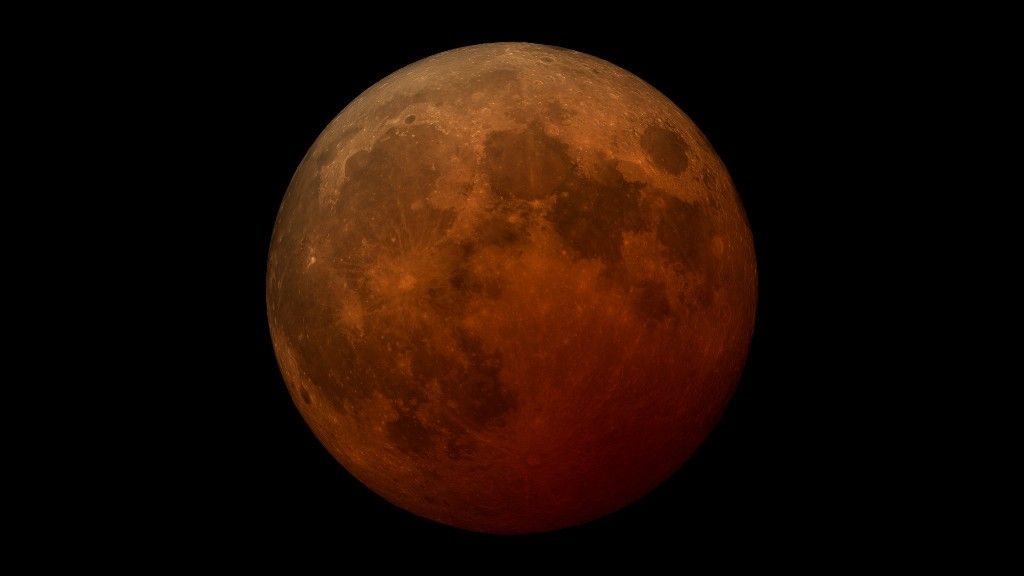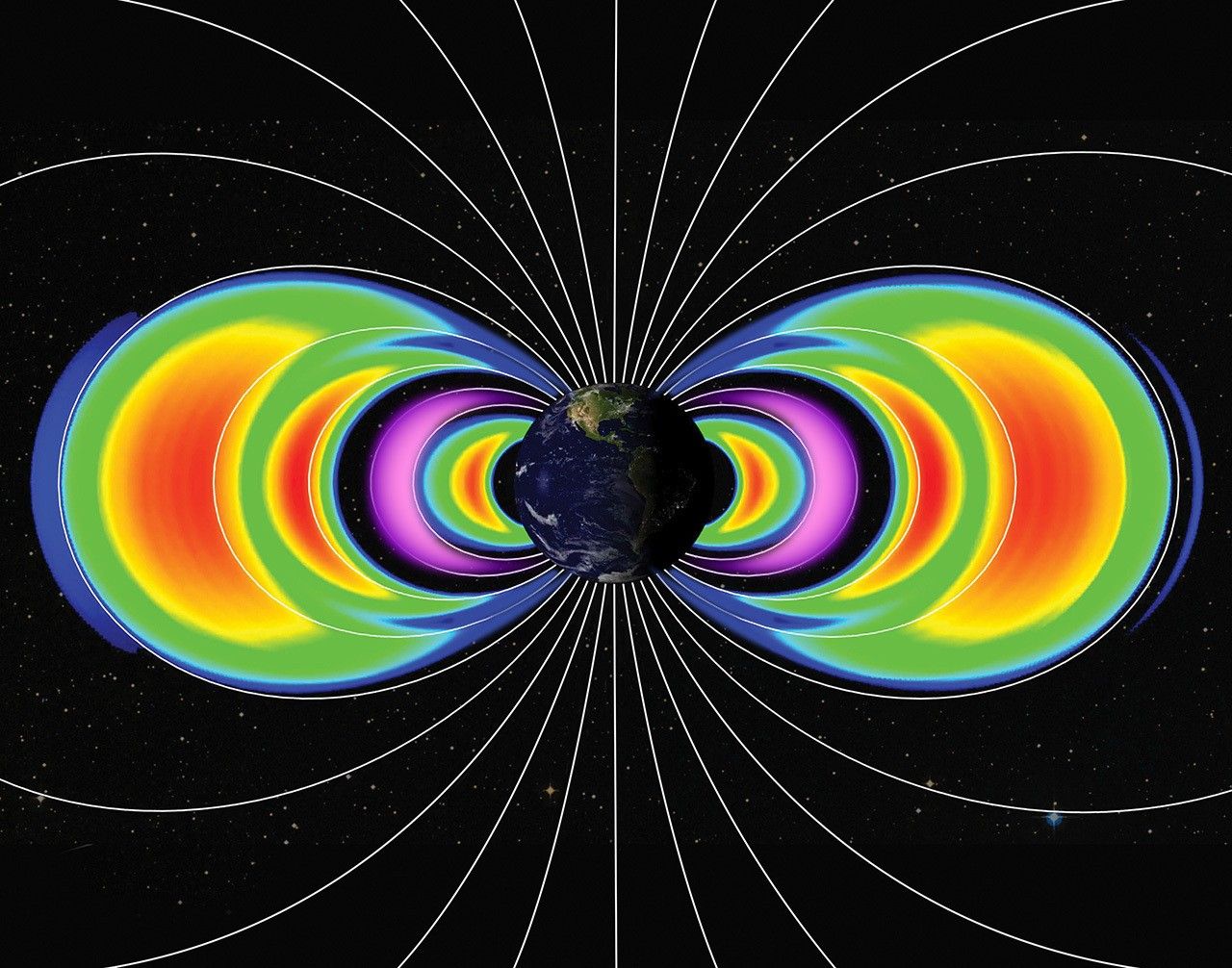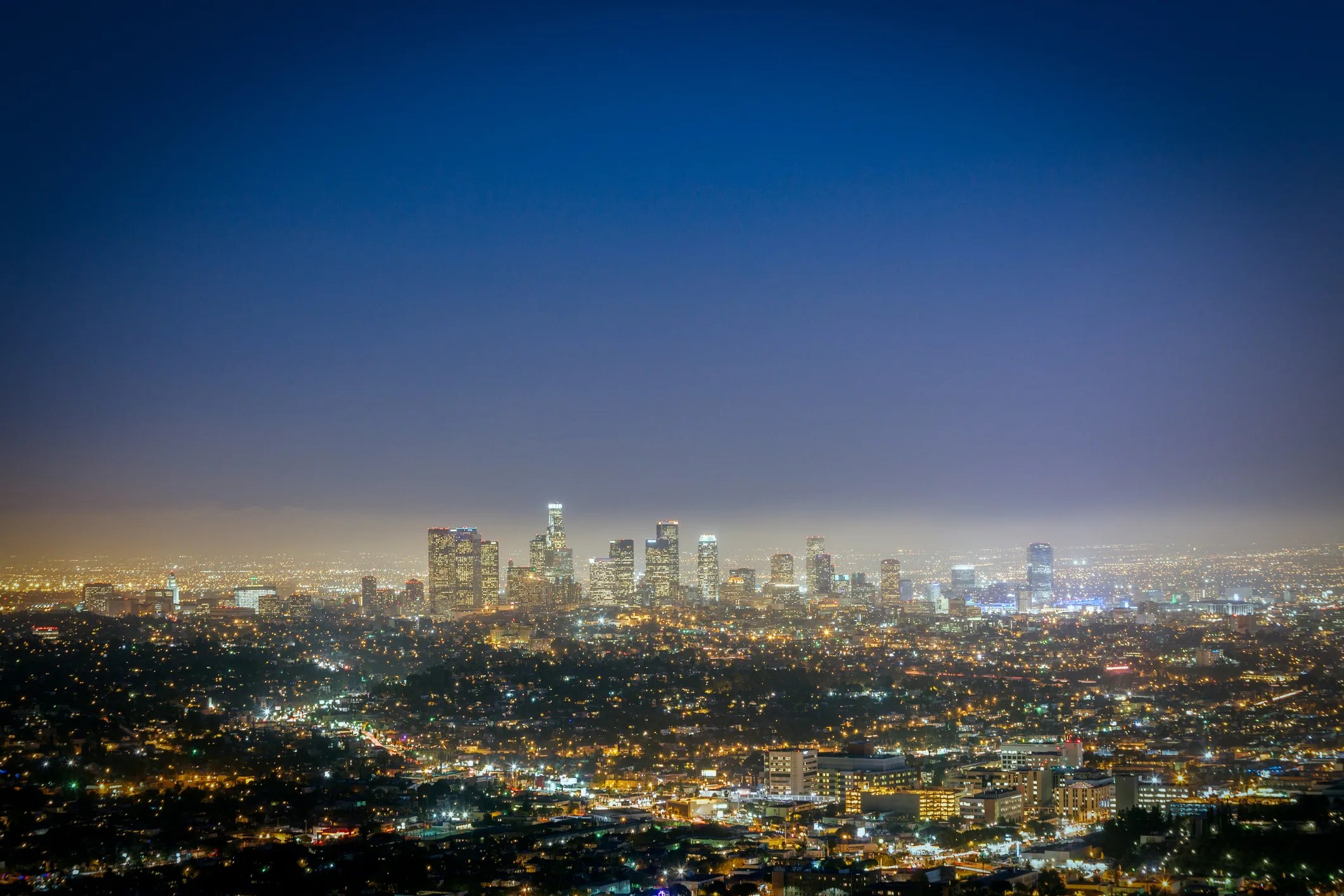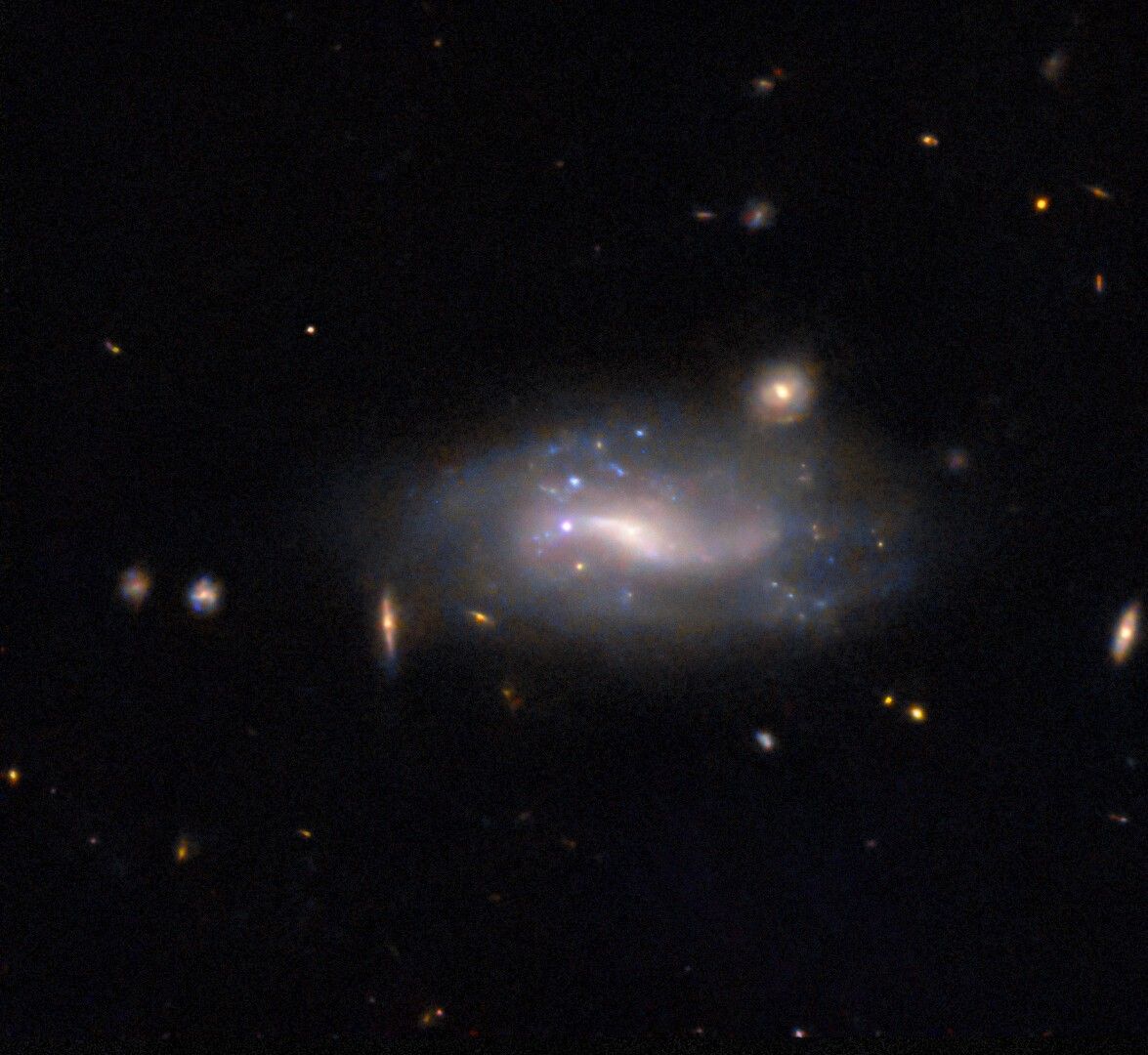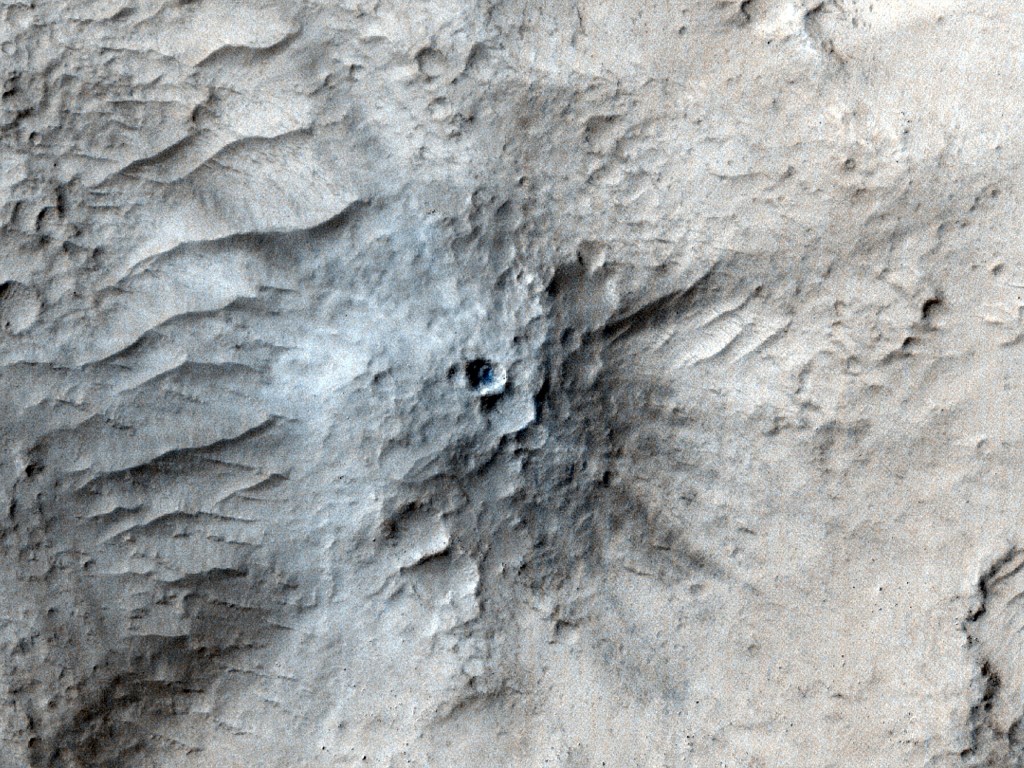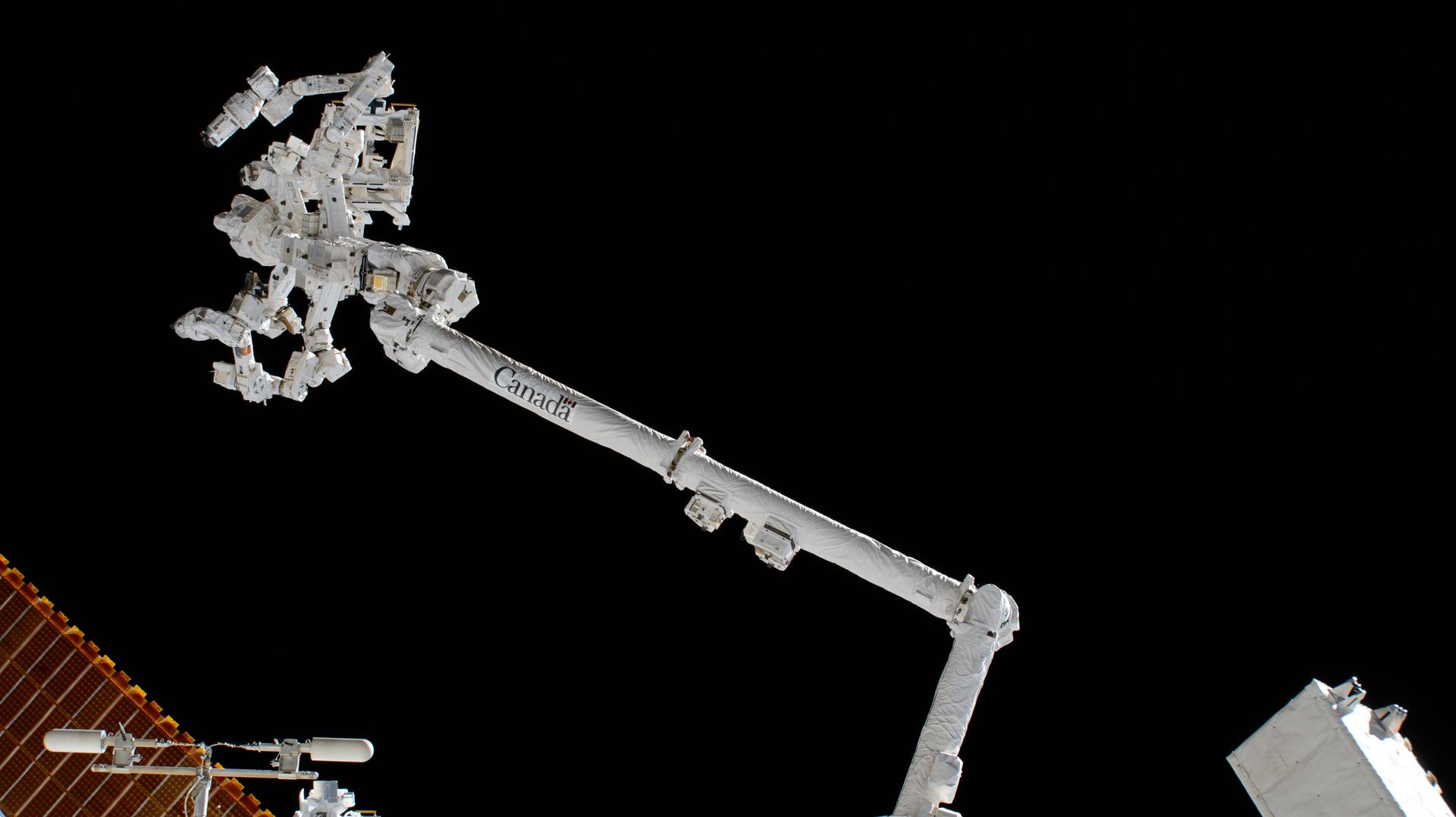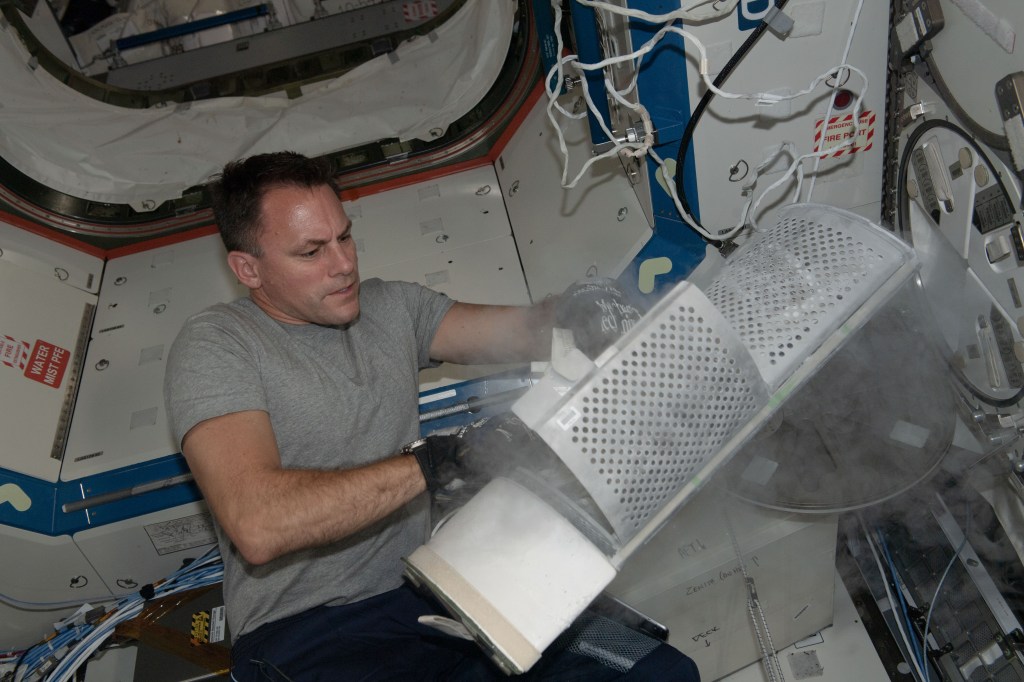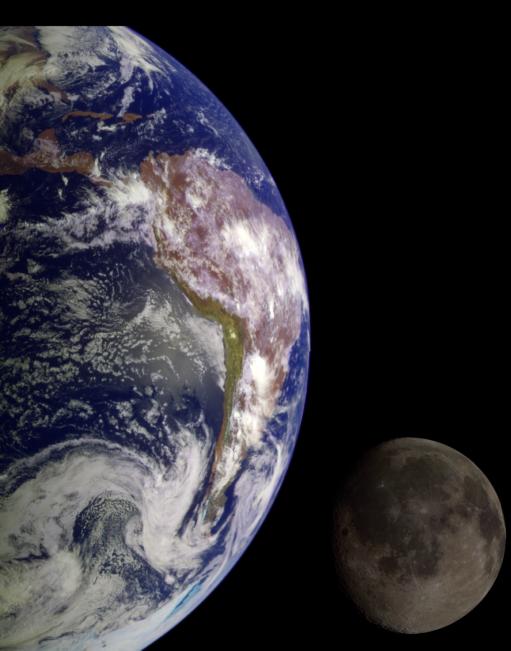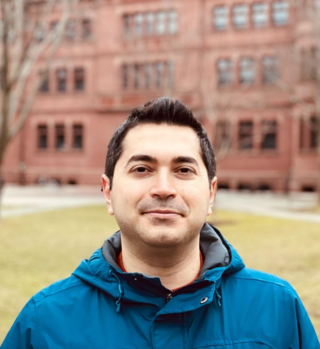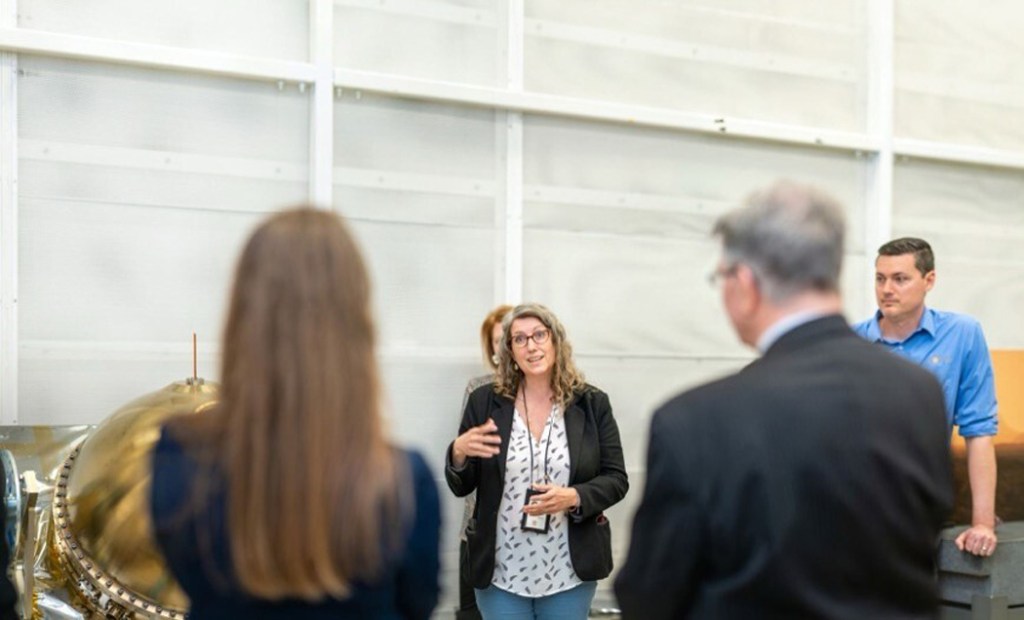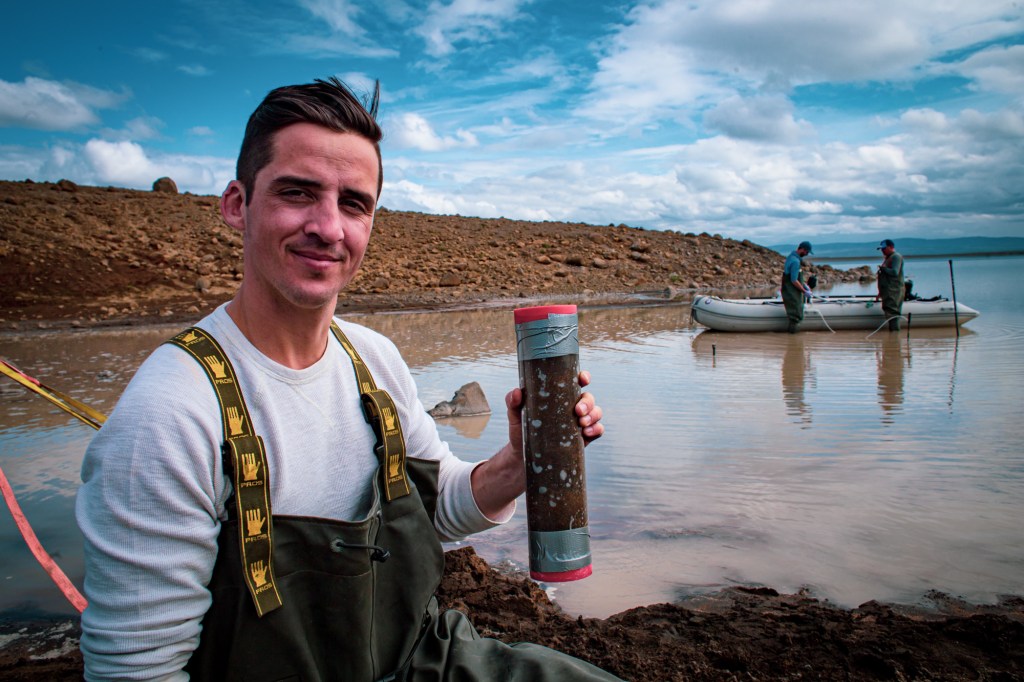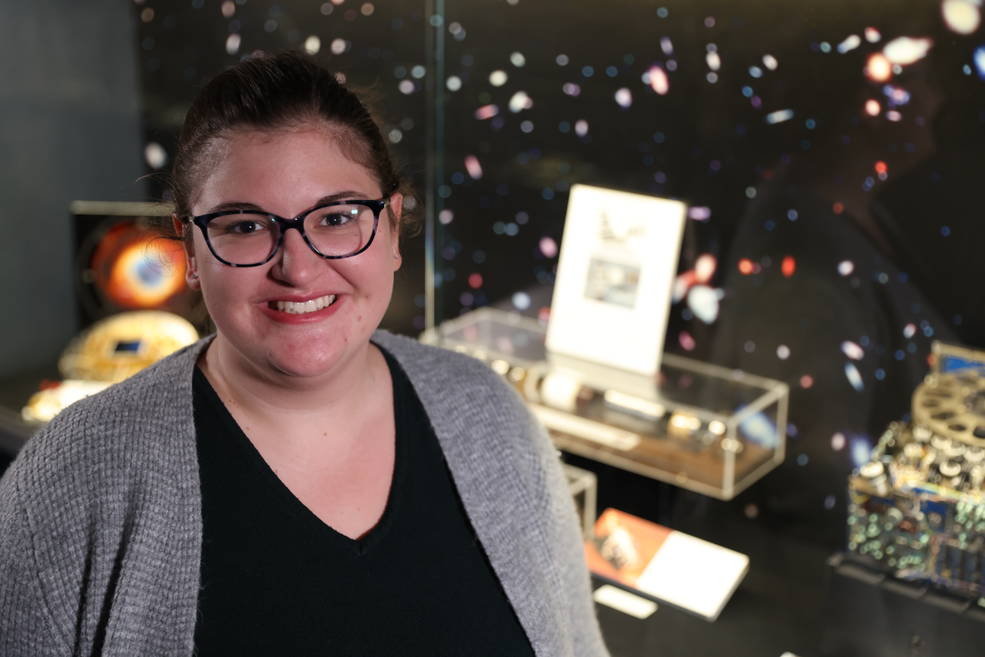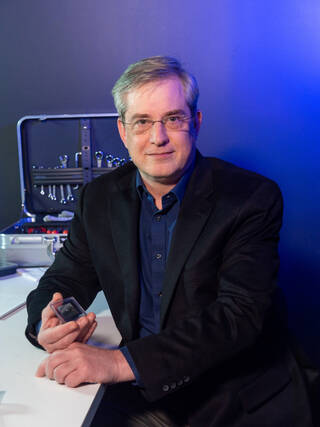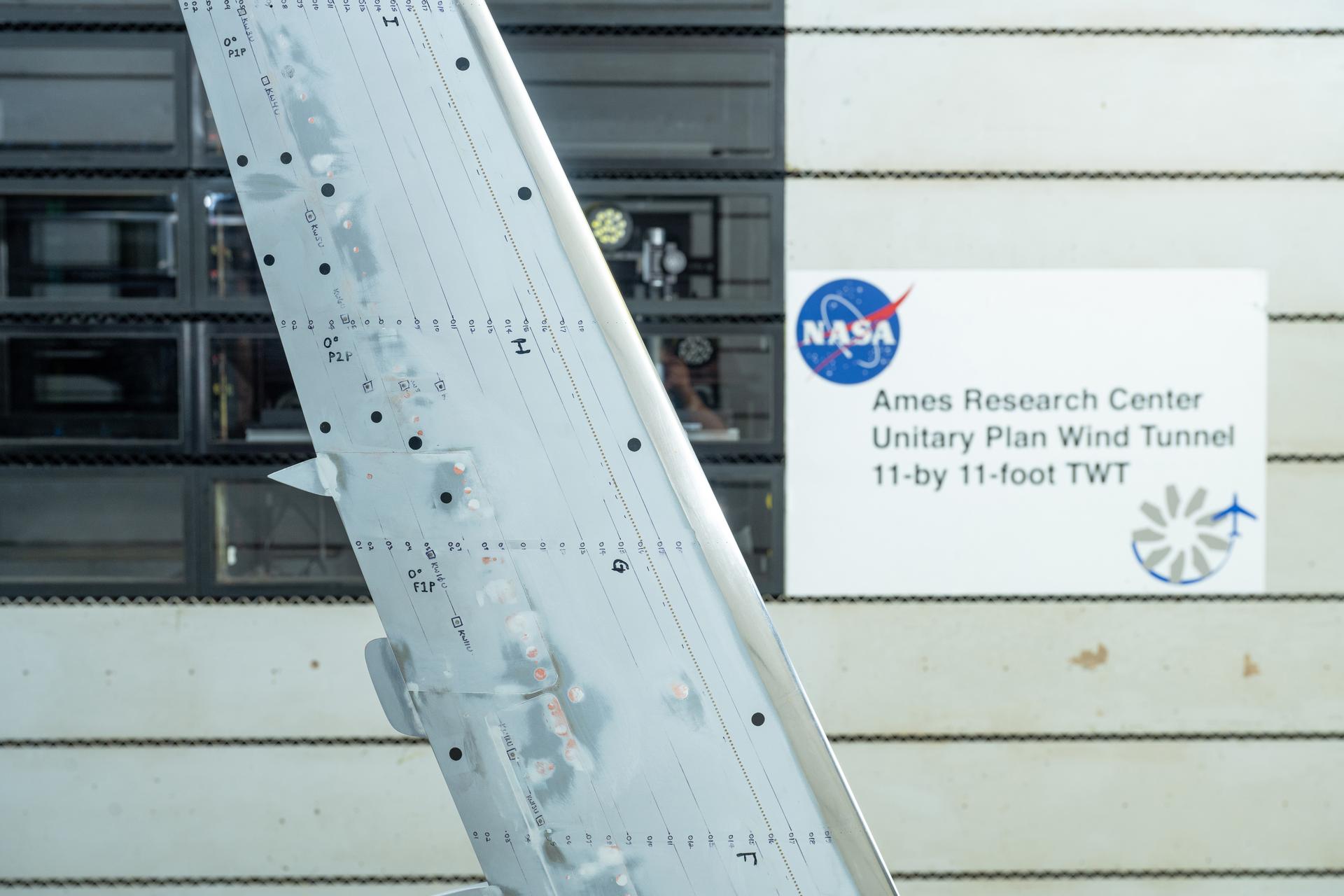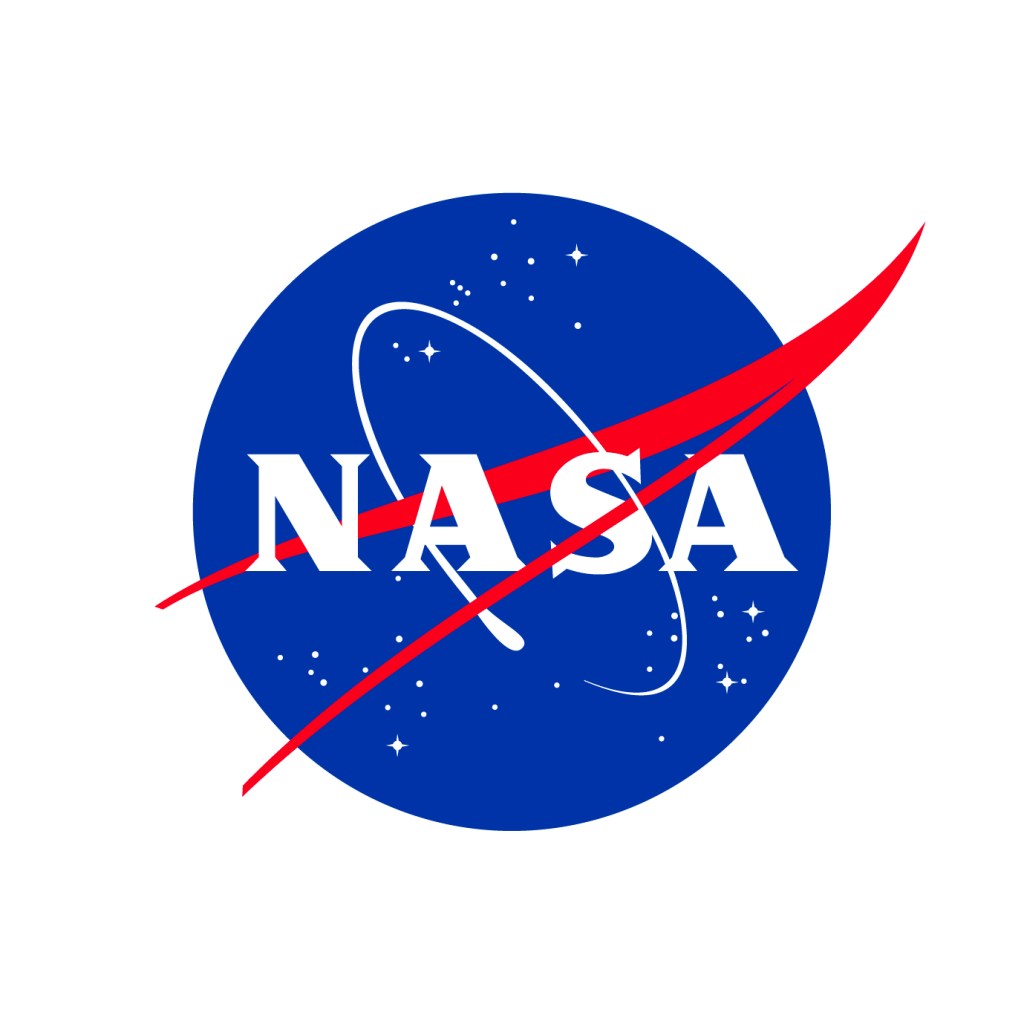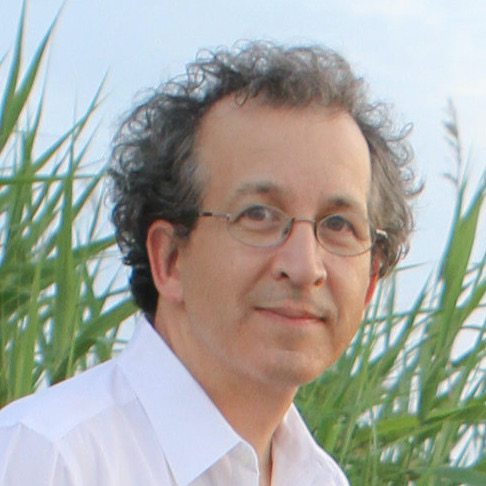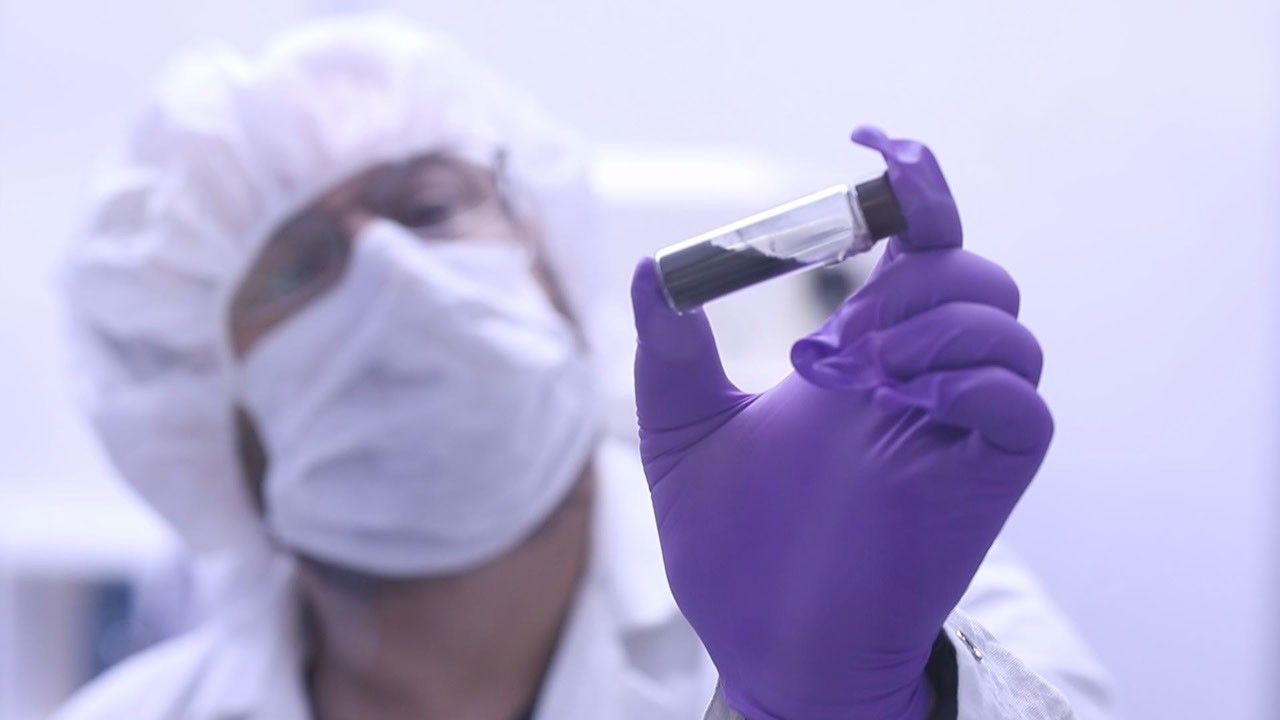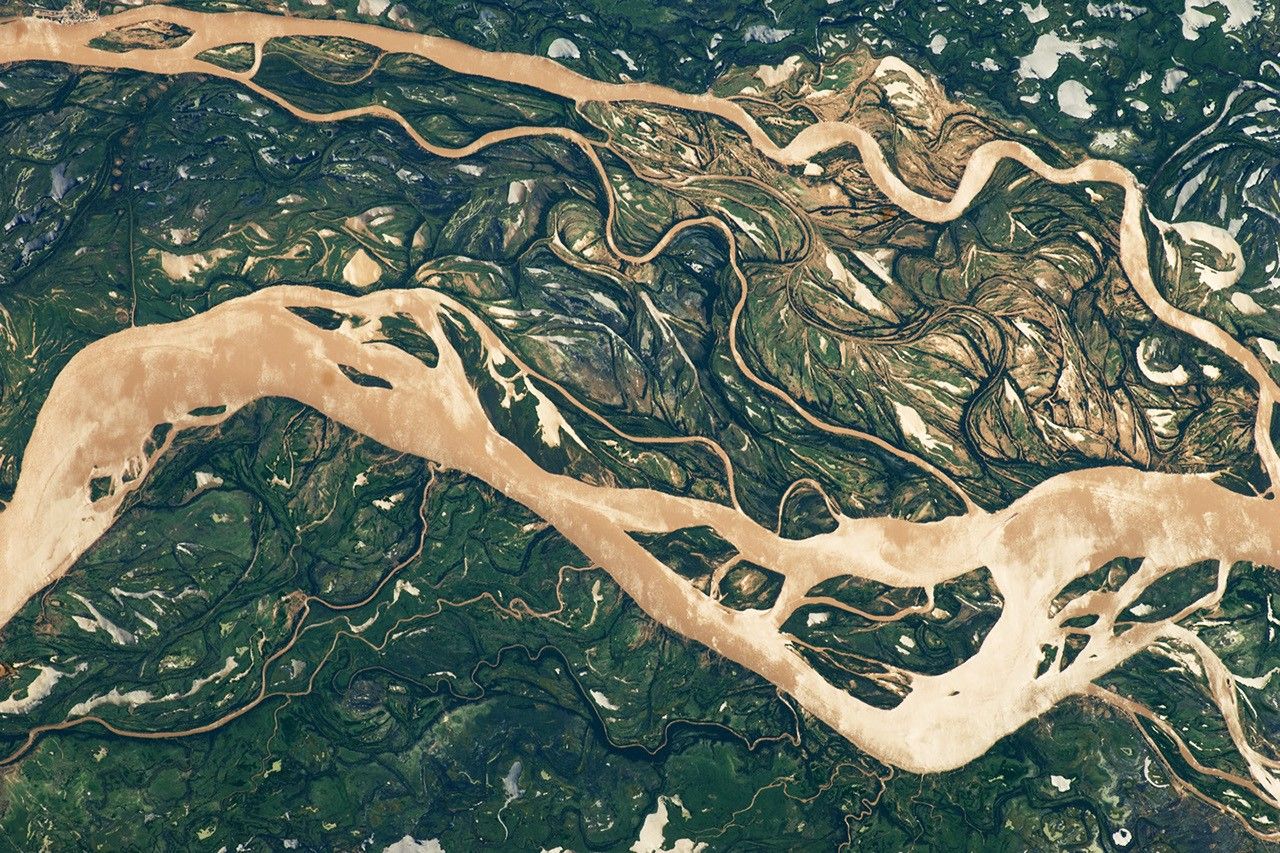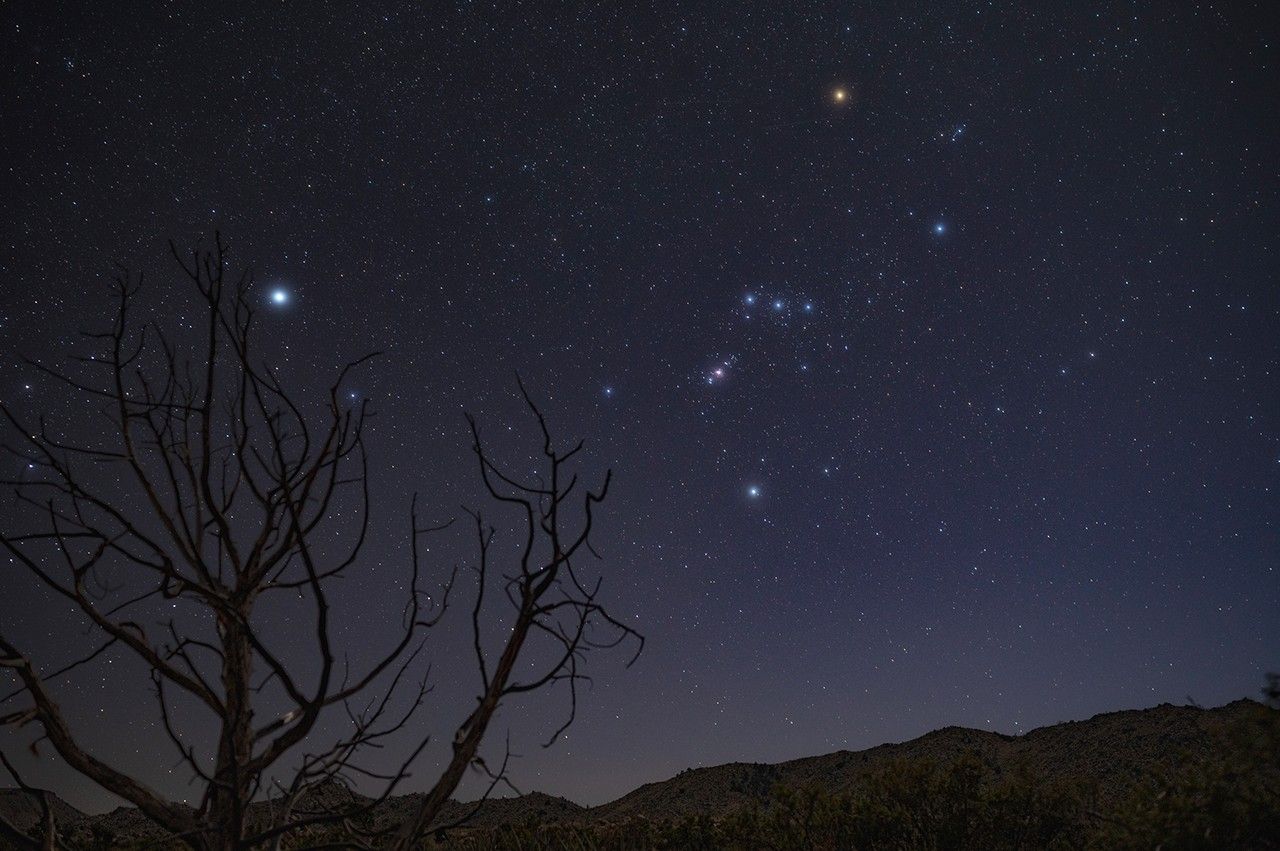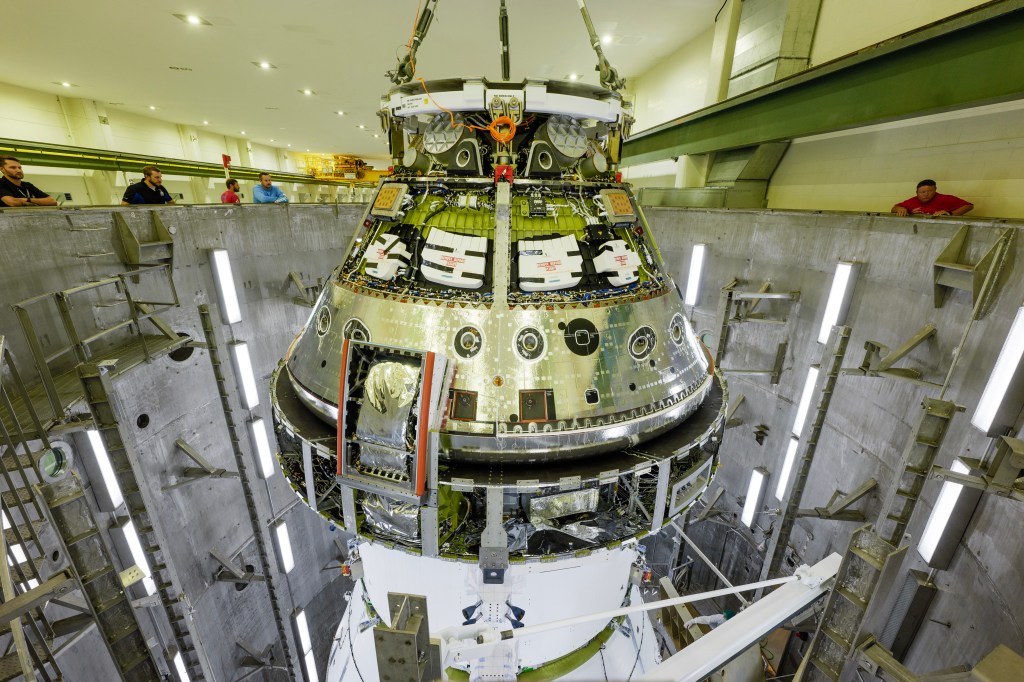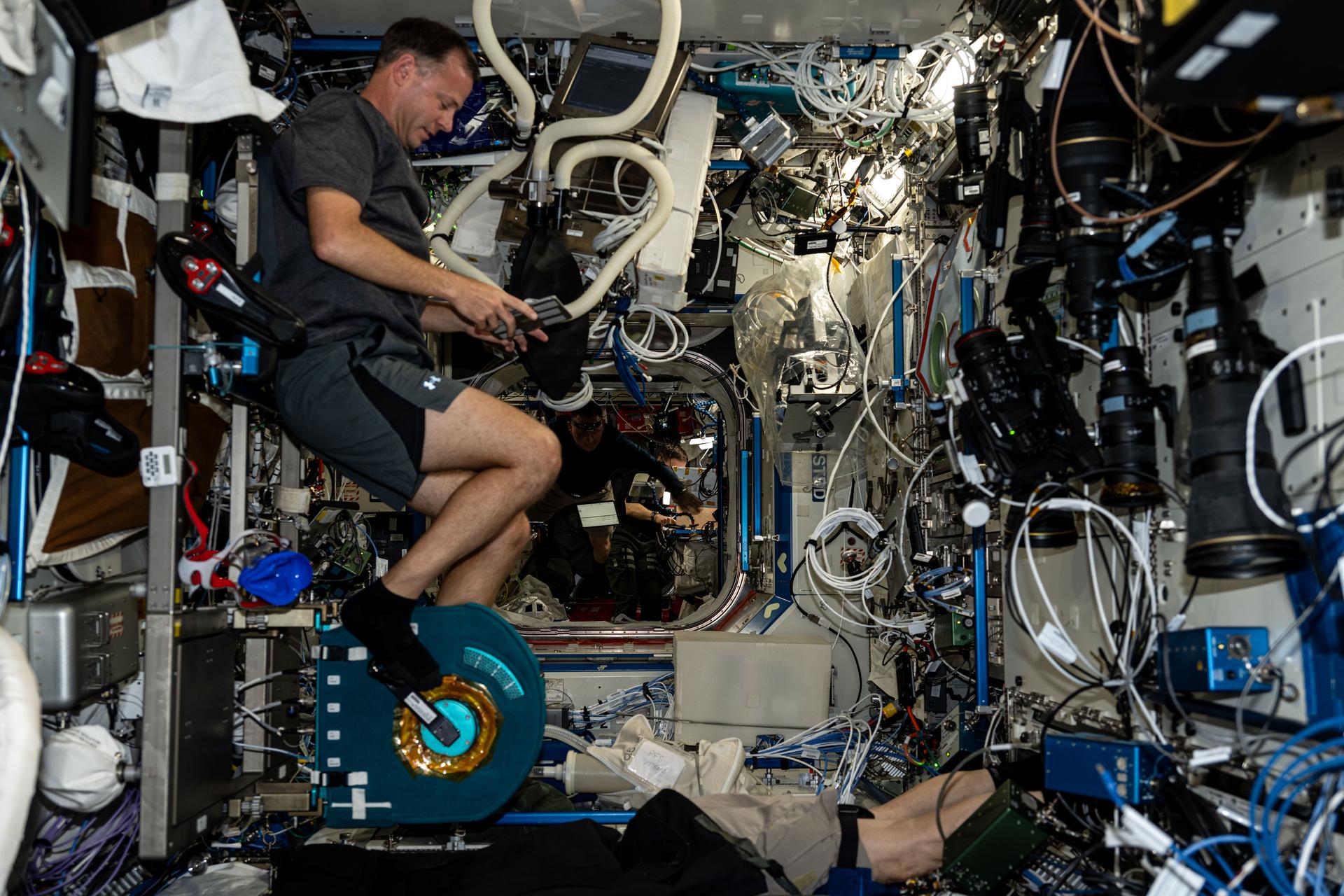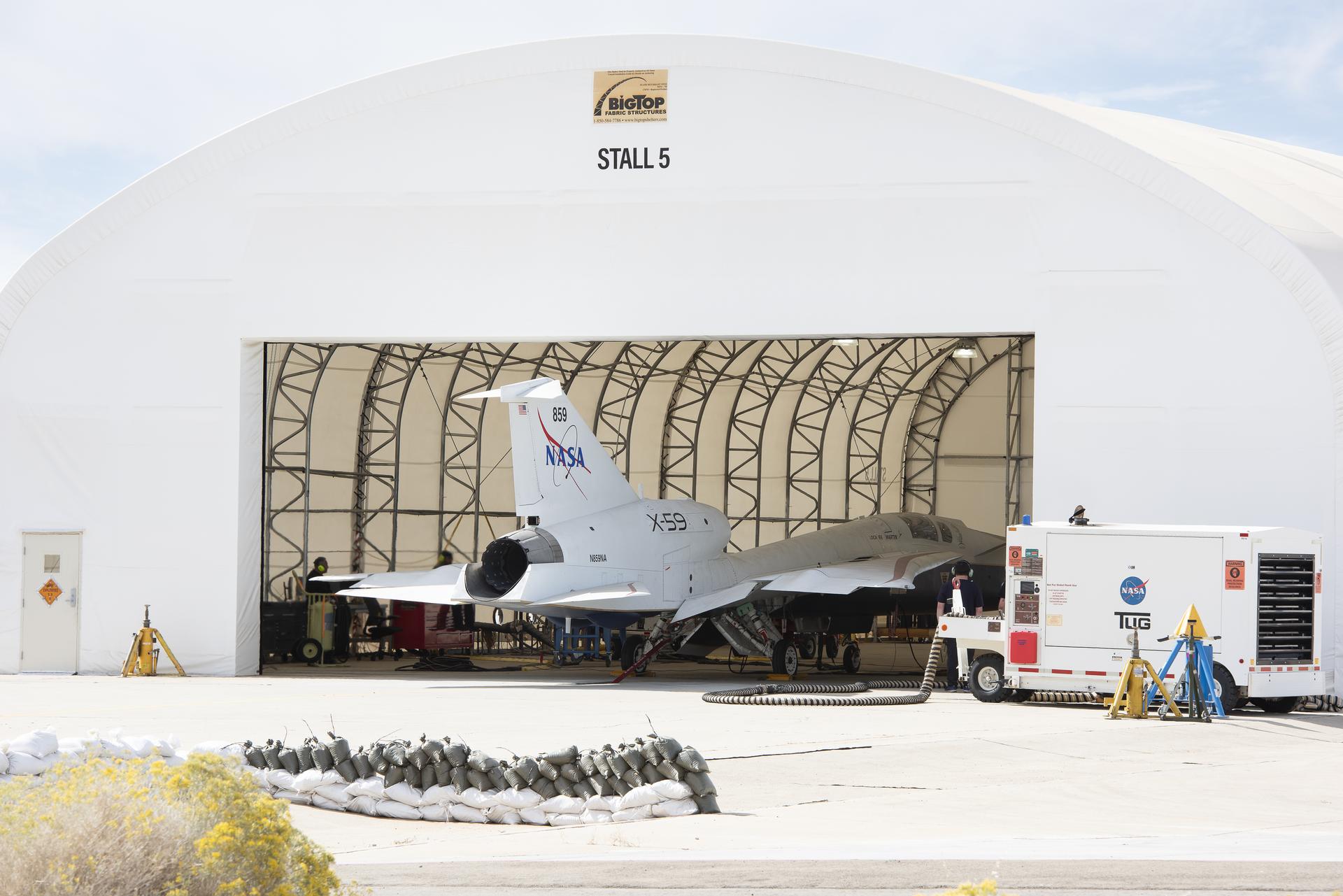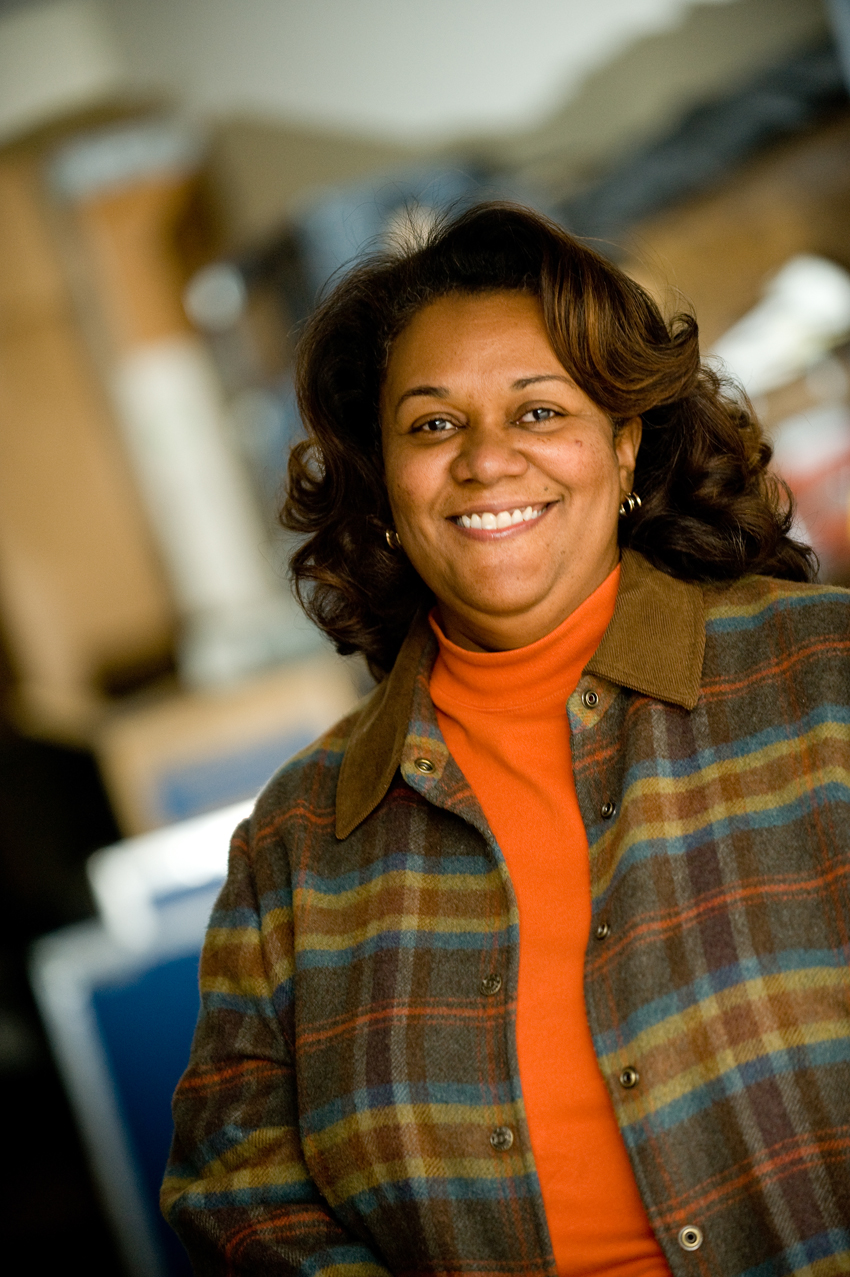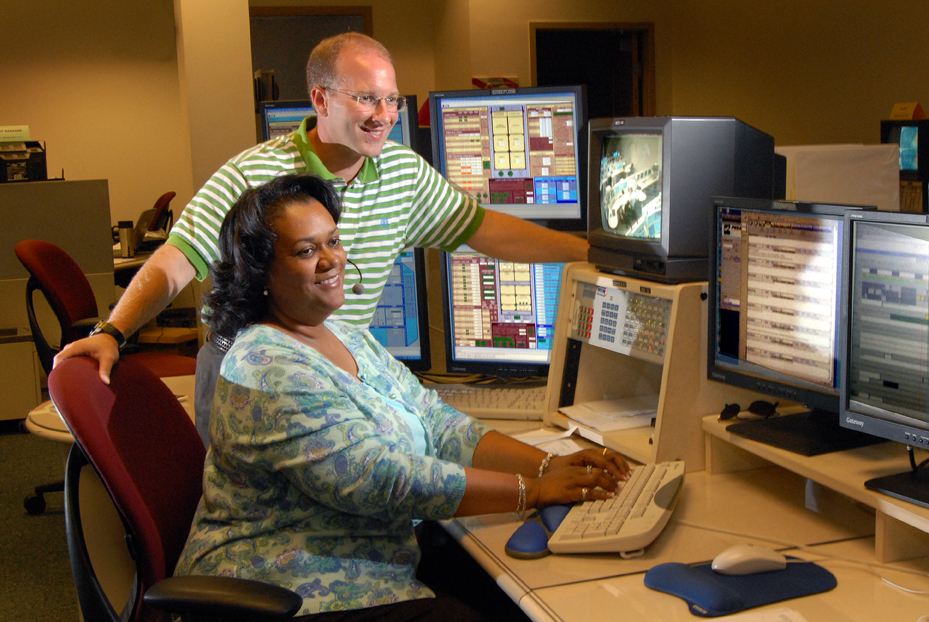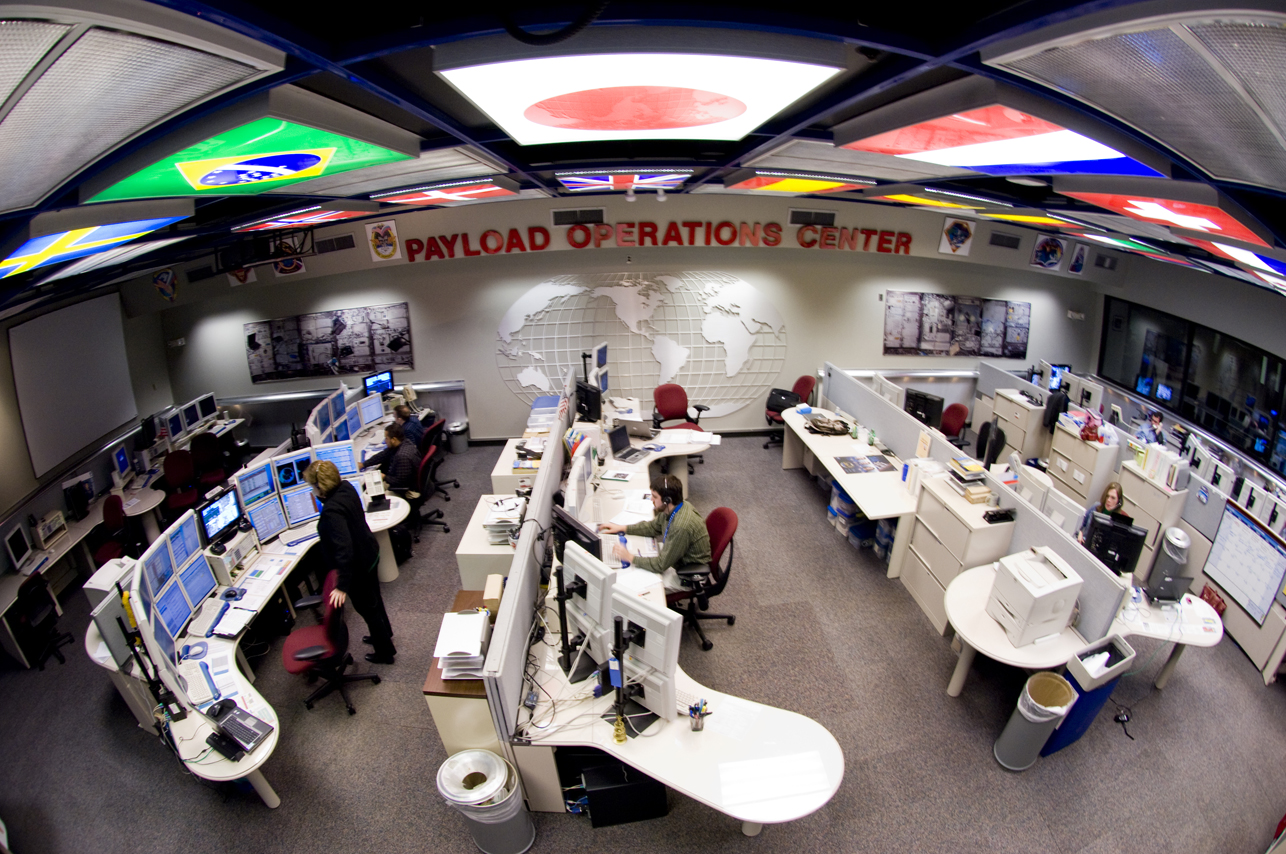For More Information
› Video: Payload Operations Center Tour
› Link: Payload Operations Center
› Link: International Space Station Experiments Summary
Sometimes at night, I walk outside and look up to see the brightest star in the sky sailing across the horizon. That star is the International Space Station.
As chief of operations in Marshall’s Mission Operations Laboratory, I lead the team that plans, trains crews for, and conducts experiments on that “star.” It’s exciting to play a role in this “out of this world” research.
The best thing about my job is the group of people I work with. They are a “make-it-happen” team. Everyone comes to work each day with the right attitude – a “can do” attitude that gets things done. It’s easy to have a good attitude when things go smoothly. But even when things don’t go as planned, these people roll up their sleeves and dive into the details to find solutions.
When my team and I watch space station crew members carry out activities we planned, we feel we’re up there right beside them, helping them successfully complete the job. We’re here 24/7 to help scientists and researchers around the world find answers to questions that may make our lives better.
Like the team I work with, my family was very closely knit. All of my family members encouraged a strong work ethic and instilled in me self-confidence that I could accomplish whatever I set my mind to. They taught me to set my goals high.
So, after graduating from high school, I signed up for Marshall’s Cooperative Feeder Education Program. The program introduces high school graduates to the NASA workforce the summer before their first semester in college.
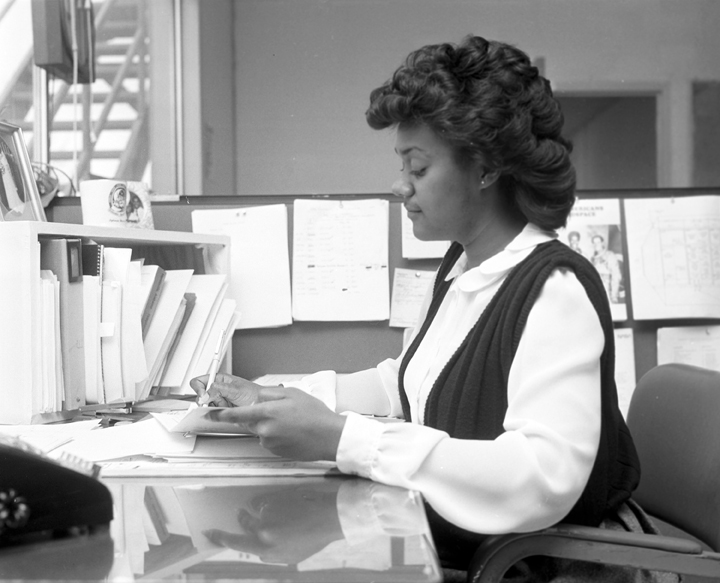
The youngest of four children, I was the first to graduate from college, receiving an industrial engineering degree from the University of Alabama in Tuscaloosa. Then I returned to Marshall and worked hard, supporting several space crews who performed hundreds of experiments on Spacelab, a laboratory that carried out science missions inside the space shuttle’s payload bay. That experience led to my work with the space station payloads.
I served as lead payload operations director for a research mission to the space station from March to August 2001. In that role I managed all of NASA’s on-orbit research and coordinated with the Mission Control Center in Houston, the space station crew, scientists and hardware developers, and the international partners.
Marshall’s Payload Operations Center first went online during that time and we’ve been supporting space station operations ever since. Our goals for the future include putting a plan in place to support the space station through 2020.
We hope to help NASA remain in the forefront of our nation’s critical research, fostering medical science breakthroughs that treat or cure some of the world’s most devastating illnesses, and discovering solutions for important environmental problems.
We’ll continue to set our goals high!

